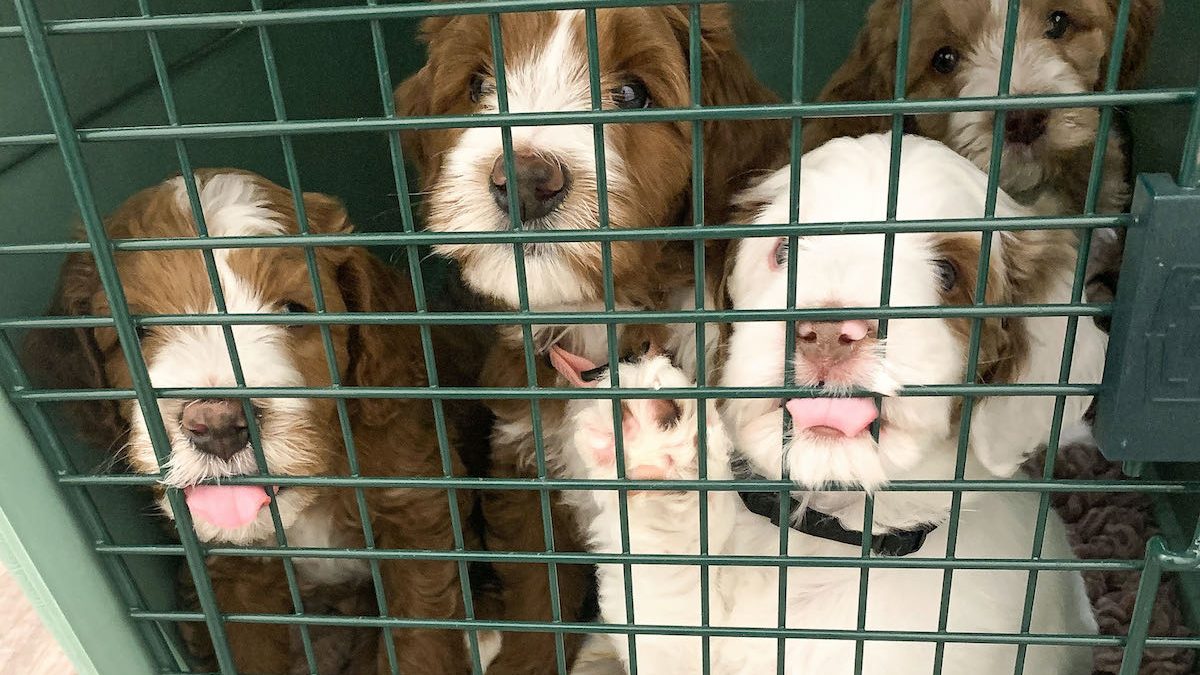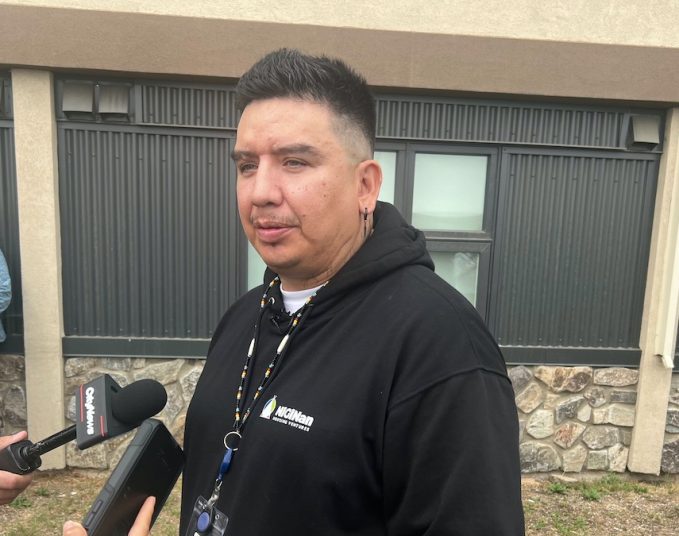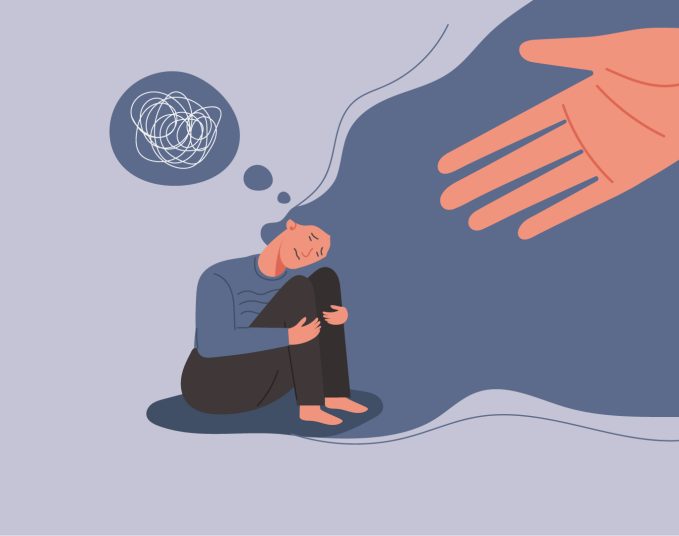Pet ownership in Edmonton is booming. But, with the rise of cats and dogs and birds and lizards, there’s also been a massive surge in unwanted animals.
Animal shelters across Alberta are maxed out — and, despite the rising interest in pet ownership, the shelters adoptions aren’t keeping up with the intakes.
“Yes, post-COVID we have seen a huge increase in animals in need and a decrease in adoptions and donations,” wrote Sasha Campbell and Kath Oltsher, the directors of Zoe’s Animal Rescue Society, in an email. “Many animals were returned post-COVID when people went back to work or lost jobs, etc.”
The Edmonton Humane Society’s shelter has been operating at capacity since the COVID lockdowns ended.
Yet, a look at pet licensing numbers show Edmontonians are pretty darn pet-crazy. According to the City’s Open Data Portal, 65,535 dog and cat licences have been issued between August of 2022 and today.
Of those, 35,709 — more than half — were issued in 2024, and we’re only two-thirds through the year. So, pet licences are on upward trend.
So, if we’re taking in more animals, why are the shelters bursting at the seams? The answer is a very simple study into cause and effect.
With COVID came an animal population boom. Humans wanted companionship, connection. Animals offered those things — and adoption rates soared.
But with the population boom came a pet bubble. A large number of pets were taken in during a short period of time. And while, emotionally, the height of the pandemic was the best time for us to be forging new bonds with our new animal friends, the pet boom presented a lot of logistical challenges. People were trying to make their dollars stretch, while adding the costs of pets to their households. And vet services weren’t as readily available during the lockdowns. So, the pet bubble didn’t just lead to more adoptions — it led to a boom of un-fixed animals.
“We believe it is because, during COVID, many pets were not able to access vet care so they were not spayed and neutered,” wrote Campbell and Oltsher. “This was because of availability and also the cost. Spay-and-neuter clinics and rescues were not able to do preventative spay and neutering in remote communities and low-income areas.”
But, there spay-and-neuter services available for low-income families, like the Edmonton Humane Society’s Prevent Another Litter Subsidy (PALS) program.
And, then there are finances. It was tough enough to make ends meet when our workplaces were closed. But a lot of us weren’t expecting the cost of living — which includes the cost of looking after pets — to skyrocket once the doors started to reopen.
Inflation is eating into a lot of families’ pocketbooks, and keeping a pet can be a tough choice.
According to Statista, it costs about $4,000 a year to own a dog in Canada. Those estimated costs include food, veterinary care, licensing and insurance. Drop the insurance and you take a little more than $1,000 off that annual estimate. People have to consider the costs before they adopt, as well as their living arrangement and lifestyles.
“It is harder to find rentals that allow pets, unemployment is up, finances are more of a concern,” wrote Campbell and Olsher.
“It is very disheartening because our work is like a drop in the bucket, a neverending hole that just can’t be repaired. We need our government to step up and make initiatives that help animals and help low-income families.”
What can pet owners do to stem the tide? Well, getting dogs and cats fixed is maybe the biggest part of the solution. Low income families can apply for the Edmonton Humane Society’s PALS program for spaying and neutering pets. Successful applicants only have to pay the administration fees, the rest is covered by EHS.
“Our priority is to support both the animals and the families affected by the challenging cost of living,” says EHS CEO Liz Sunley. “We’re committed to finding loving homes for every pet and providing resources to help pet guardians in need so they can keep their pets whenever possible.”
The EHS also administers Pet Pantry, a food bank for our animal friends.
Savvy AF. Blunt AF. Edmonton AF.




